
Clothes In Arabic – Top 33 Items
Learning the Arabic language involves not only understanding its grammar and syntax but also expanding your vocabulary to cover everyday

Learning the Arabic language involves not only understanding its grammar and syntax but also expanding your vocabulary to cover everyday

Understanding the names of animals in Arabic opens the door to a fascinating linguistic and cultural experience. The Arabic language,

Understanding Arabic colors is not only an essential aspect of learning the Arabic language but also a gateway to appreciating

Arabic is a language rich in expression, eloquence, and cultural nuance. Among its many facets, the ability to articulate emotions,
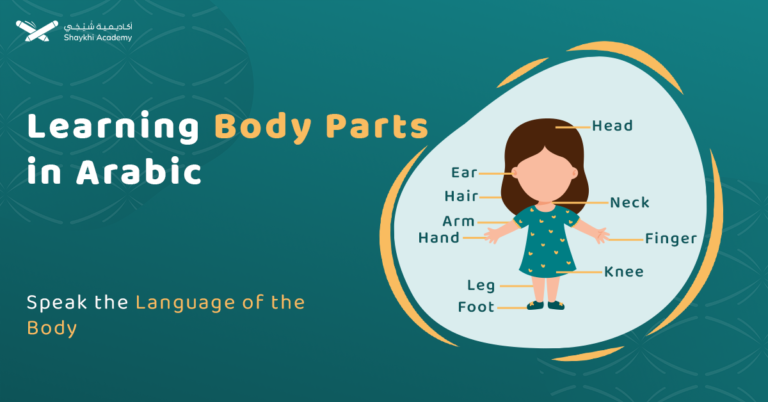
Learning the equivalent of body parts in Arabic is an essential step in mastering the language, particularly for beginners. The

Mastering Arabic verbs is like unlocking the heart of the Arabic language. These versatile building blocks of communication bring actions,

Have you decided to increase your kids’ association with the Arabic language and make him more skilled in it? Congratulations!
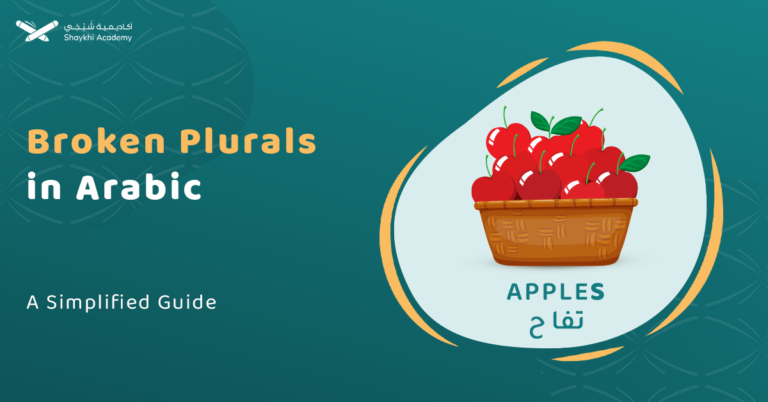
The broken plural is one of the basic rules of the Arabic language. In general, the plural in Arabic is
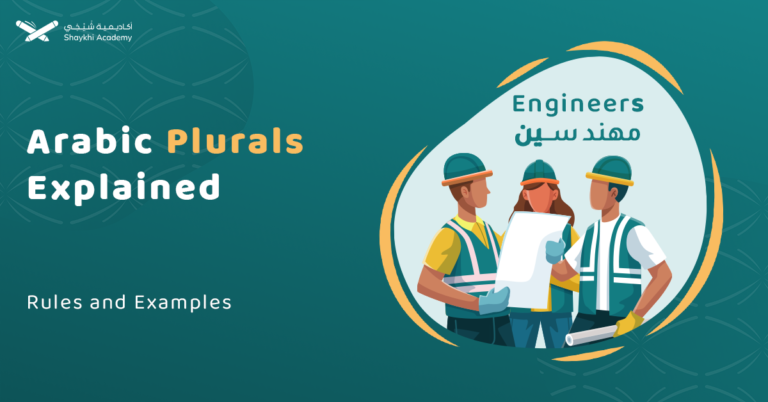
Arabic plurals are categorized into three types: sound masculine, sound feminine, and broken plurals. Sound plurals add specific endings like
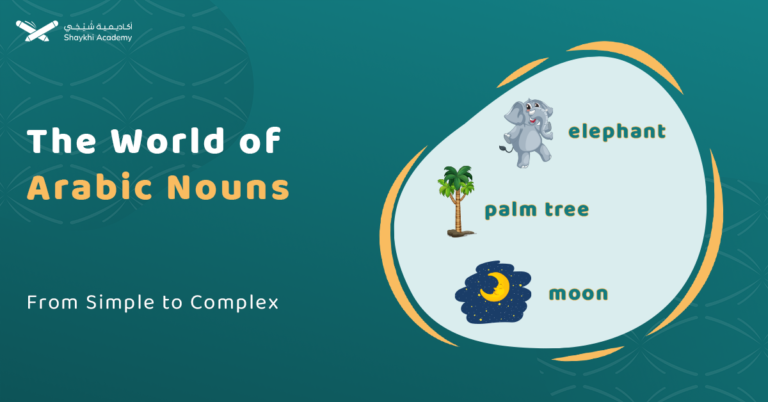
In Arabic, nouns are versatile and multifaceted, categorized by their meaning, structure, and grammatical roles. Proper nouns signify specific entities
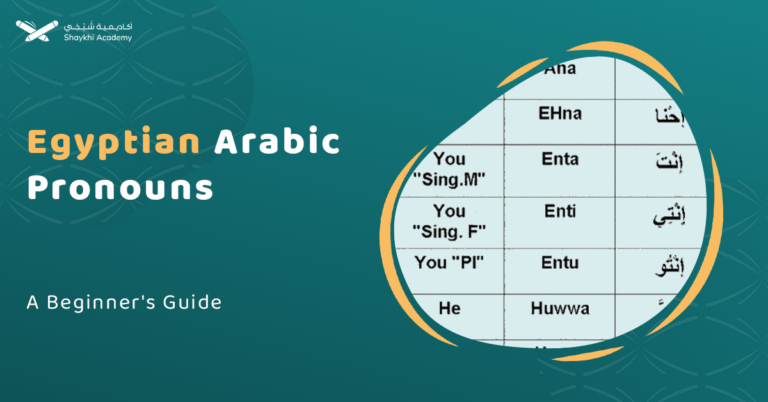
Egyptian Arabic pronouns simplify communication by replacing nouns in sentences, offering clarity and fluency. They include personal (e.g., أنا –
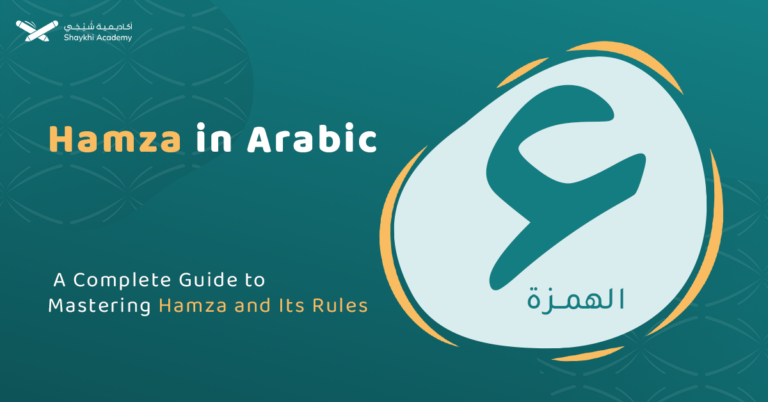
Hamza (ء) is a unique Arabic letter that appears in initial, medial, or final positions within words, adapting its form